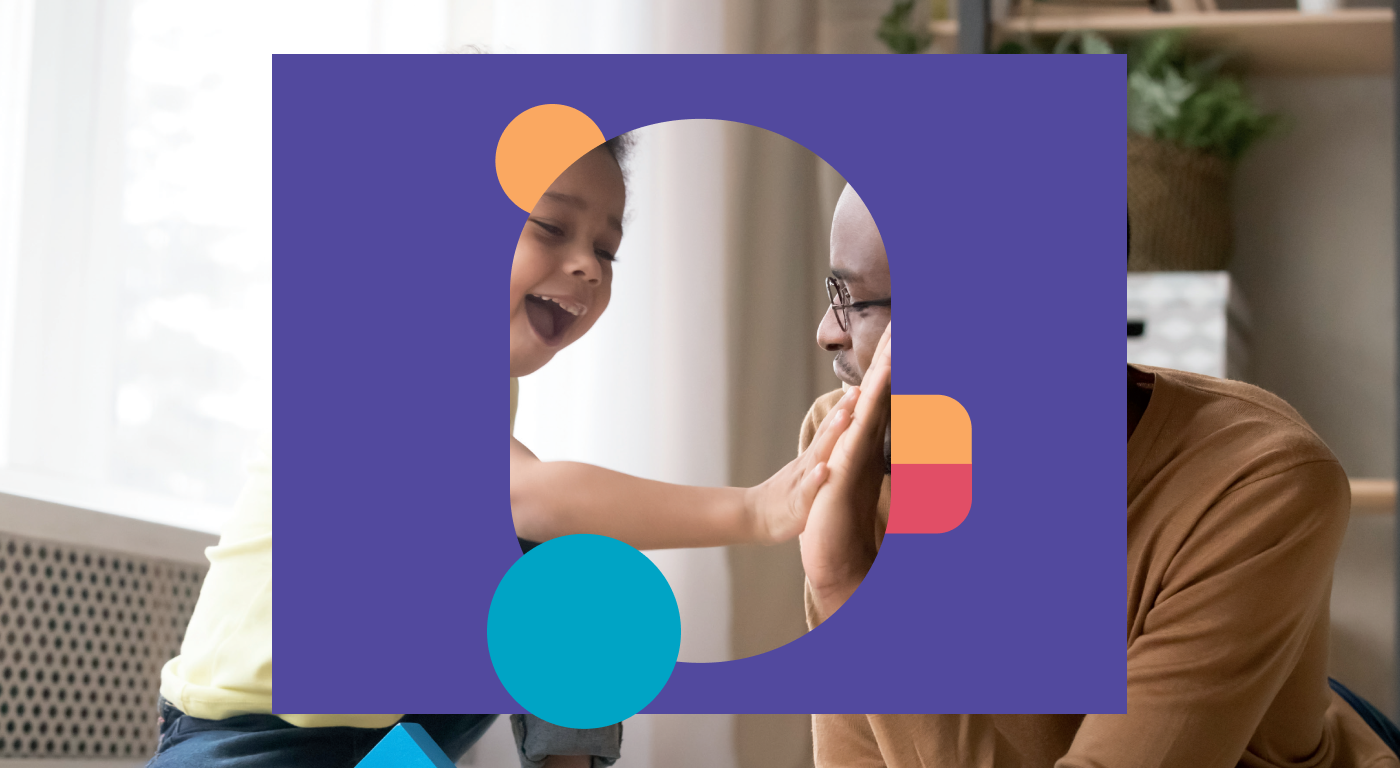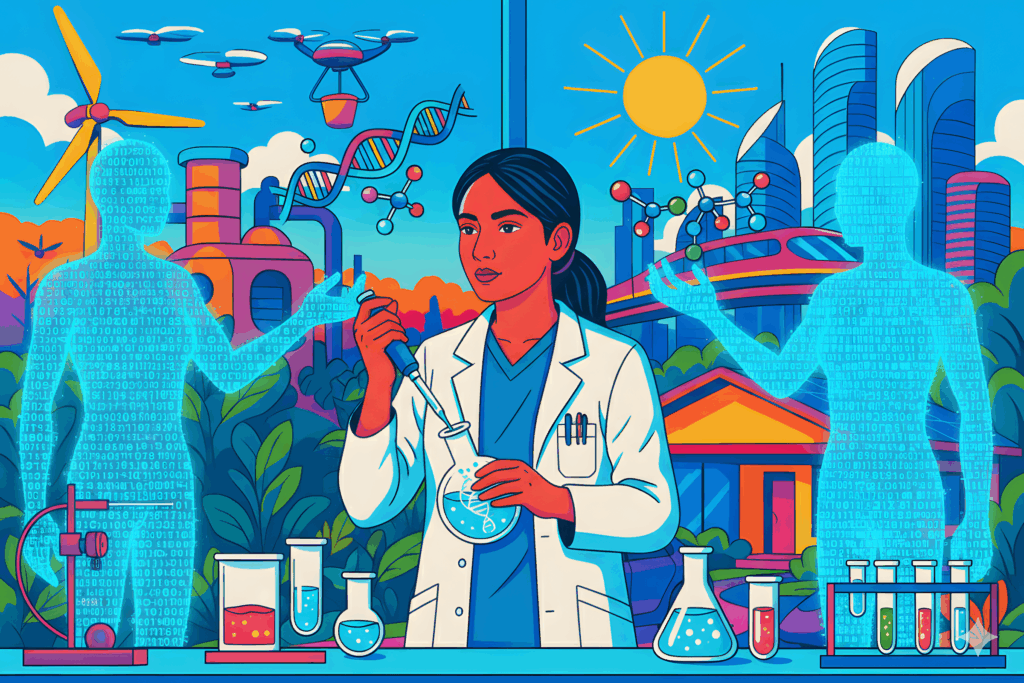A Positive Approach to Autism
Emily Brady |

One in 36 children in the United States are diagnosed with autism, according to the Centers for Disease Control and Prevention. That means that every year, tens of thousands of parents begin a crash course in learning how their child’s brain works differently and what they can do to help their kid navigate the challenges of their diagnosis.
John Banta, the co-founder and chairman of Positive Development, can still recall with clarity his own son’s journey. The year was 1998. At the end of a routine checkup at 18 months, Banta and his wife shared some observations about their son’s development that seemed different from his twin sister. After a discussion, the pediatrician asked them to sit back down. Although their son was too young to be diagnosed at the time, his behavior was consistent with his ultimate diagnosis of developmental delay “not otherwise specified,” which was considered part of the autism spectrum.
“We were stunned,” recalls Banta. “We knew nothing about autism.”
Banta and his wife began the process of learning all they could on the subject. Initially, it involved searching bookstores instead of the internet—and working with the best specialists they could find.
Here’s what they learned: The most common form of therapy for children on the spectrum—then and now—is Applied Behavior Analysis. ABA is built around a consequences-and-rewards system (think gold stars as “treats” and withholding attention as “punishment”). Critics of ABA say the therapy ignores the inner worlds of children and is focused on training them to eliminate “problem” behaviors that make a child look autistic instead of figuring out why they’re exhibiting a particular behavior. ABA therapy can also take up to 40 hours a week.
The Bantas quickly realized that ABA wasn’t for them or their son.
“Separating our child from his parents for many hours a day. Rote repetition. It didn’t strike me as either constructive or getting at our son’s unique set of strengths and challenges,” recalls Banta.
Another way
The Bantas’ quest for care eventually led them to the office of Dr. Stanley Greenspan, a renowned autism specialist in Washington, D.C. Greenspan’s approach is based on developmental therapy and involves parents getting on the floor to relate and play with children at their level, building upon the child’s strengths and abilities through a warm relationship.
“It was all very expensive and out of pocket,” Banta recalls. “But we immediately felt like we were making meaningful progress.”
In fact, his son made so much developmental progress over time that by the end of fifth grade, there was no need for additional support at school, at home, or in a clinic. Now in his 20s, Banta’s son is leading a happy and full life— he graduated from college, is a data scientist and musician, and enjoys a wide circle of friends.
Professional development
Banta never forgot how developmental therapy helped his son. Fast-forward a few decades, Banta went from working in investment banking, to entrepreneurship, and finally to running a venture capital fund, where he met Mike Suiters. The two discovered that they shared a passion for mental health.
Suiters had seen firsthand the experiences of family members who had mental health issues and what it was like when the system didn’t serve them. As a venture capital investor, Suiters also looked at every behavioral health startup investment at his fund, and he realized that none of the autism therapy companies seeking investments prioritized the autistic person’s perspective or outcome.
After Banta shared how powerful developmental therapy was for his family, he and Suiters began investigating how to make it accessible to more children.
“Developmental therapy clicks with the way I think about people,” explains Suiters. “People don’t learn social connection through flashcards; they learn it on a playground or with their siblings. Your relationships are your vehicles for social learning.”
Banta and Suiters co-founded Positive Development three years ago, and the company is now the largest provider of developmental therapy in the U.S. The company has many family stories similar to Banta’s across its senior ranks. Its chief operating officer, executive medical director, and many other senior clinical and administrative staff are parents of children who benefited from developmental therapy.
“It’s a testament to both the power of our mission and the commonness of the experience,” says Suiters, the company’s CEO. “We are able to recruit incredible team members who understand the impact of what we do firsthand.”
Positive Development has quintupled over the past two years. It currently serves more than 1,100 families across eight states. Most importantly, its model is now covered by insurers representing 60 million Americans. Over a third of its clients are covered by Medicaid or other safety net providers. Making its services affordable—especially to families with limited resources—is a huge part of its mission.
Demand is high for Positive Development’s services, and the company plans to double in size in the coming year and expand to another three states.
Banta once tallied up the amount he spent on developmental therapy for his son and family support at more than several hundred thousand dollars.
“Now, if you’re covered by a health insurance company that has a relationship with Positive Development, your costs will be limited to the out-of-pocket expenses like co-pays that you are already familiar with. You’re literally talking about hundreds of thousands of dollars for each family. It’s an ‘everybody wins’ kind of thing,” he says.



